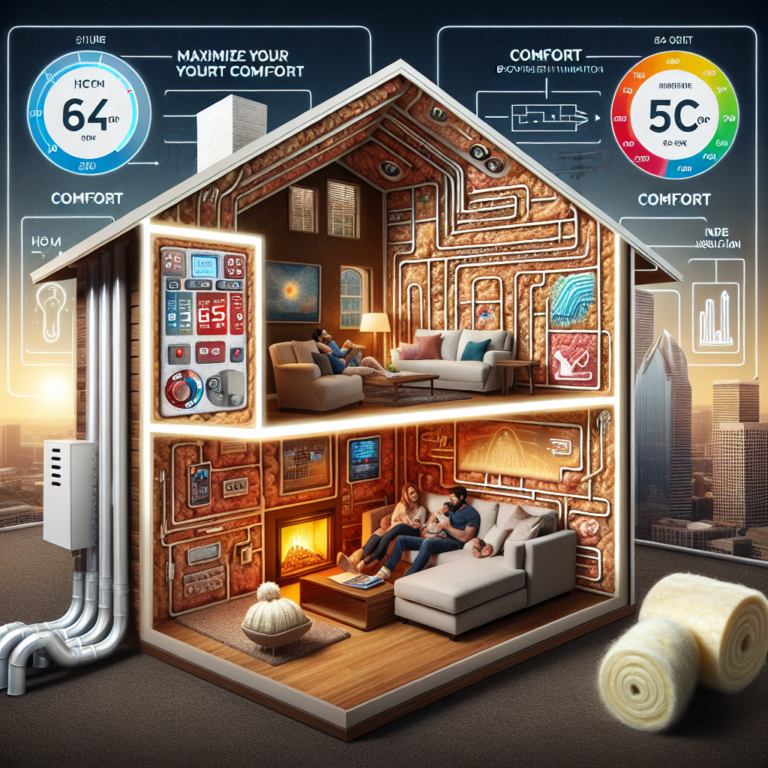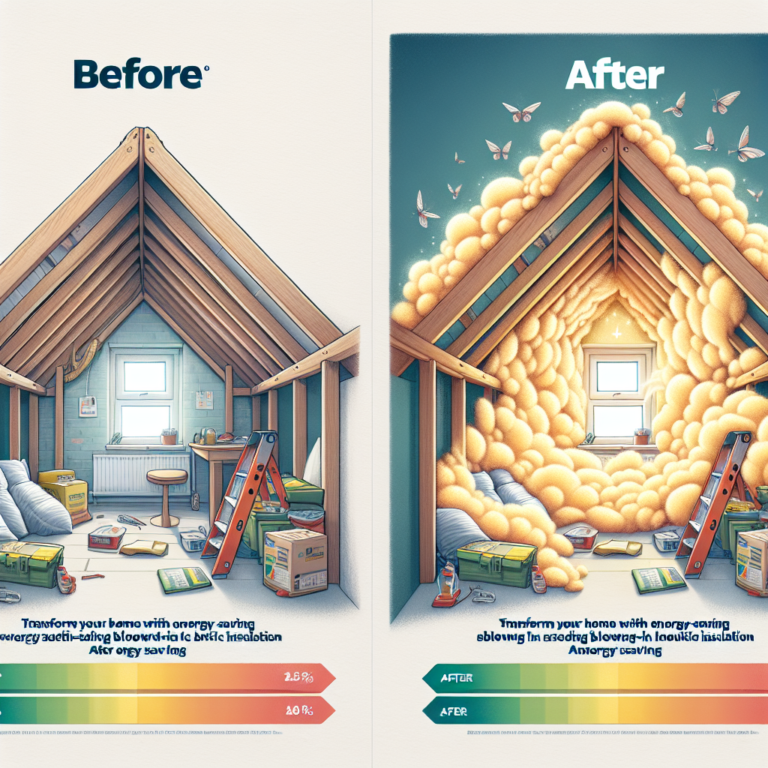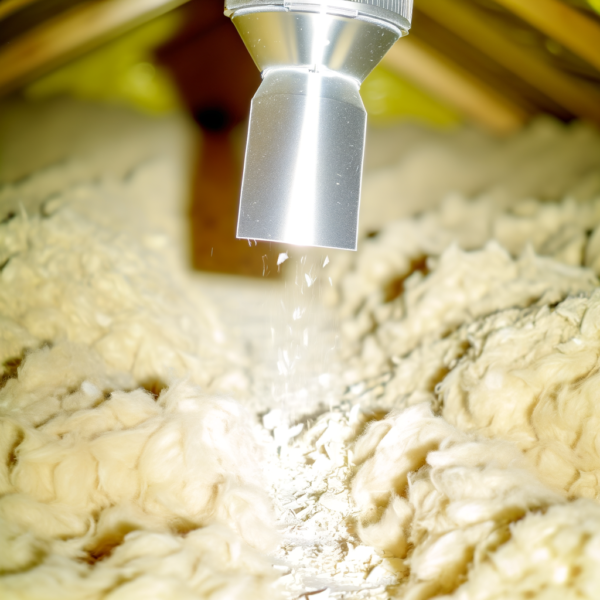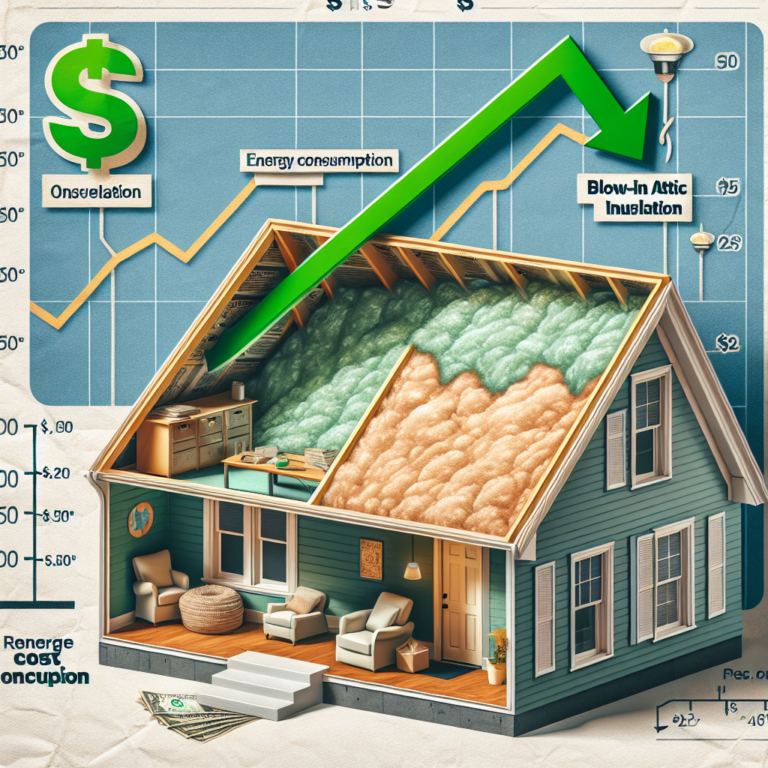Revamp Your Attic with Owens Corning Blown In Insulation R30: The Ultimate Energy-Saving Solution
Table of Contents
1. Introduction: Why Owens Corning Blown-In Insulation R30 Matters
2. H2: Key Benefits of Blown-In Insulation for Attics
3. H2: Understanding Owens Corning Blown-In Insulation R30
4. H2: Step-by-Step Installation for Maximum Efficiency
5. H2: Common Questions about Owens Corning Blown-In Insulation R30
6. Conclusion: Transform Your Home with R30 Attic Insulation
Introduction: Why Owens Corning Blown-In Insulation R30 Matters
A well-insulated attic dramatically lowers your home’s heating and cooling bills while enhancing comfort year-round. Owens Corning Blown-In Insulation R30 delivers a high R-value and seamless coverage, filling gaps that traditional batts can’t reach. In this article, you’ll discover how this premium insulation product not only slashes energy costs but also boosts indoor quietness, protects against moisture, and contributes to a greener home.
H2: Key Benefits of Blown-In Insulation for Attics
Enhanced Thermal Performance
• R-Value Excellence: With an R-value of 30, this insulation resists heat flow far better than standard alternatives, keeping winter warmth inside and summer heat at bay.
• Seamless Coverage: Loose fibers conform to every nook, crack, and irregular surface, eliminating thermal bridges and air leaks.
Cost Savings and Comfort
• Energy Bill Reduction: Homeowners often see up to 20% savings on heating and cooling costs after upgrading to blown-in insulation.
• Year-Round Comfort: A consistent attic barrier means fewer hot spots in summer and chilly drafts in winter.
Health and Environmental Advantages
• Moisture and Mold Resistance: Owens Corning’s fiberglass formulation won’t absorb moisture, discouraging mold growth and preserving indoor air quality.
• Eco-Friendly Composition: Made partly from recycled glass, this insulation supports sustainable building practices and reduces landfill waste.
Noise Reduction
• Sound Dampening: The dense, loose-fill fibers absorb airborne noise, making upper floors quieter—ideal for bedrooms, home offices, or media rooms situated below the attic.
H2: Understanding Owens Corning Blown-In Insulation R30
What Sets R30 Apart?
• Superior Thermal Resistance: R30 indicates the material’s ability to insulate against heat transfer. At 3.7 per inch, Owens Corning’s blown-in fiberglass offers higher performance with less bulk.
• Durability: Unlike batt insulation that can sag or shift, blown-in fibers lock together and remain in place, preserving the R-value for decades.
• Fire Safety: Naturally non-combustible, fiberglass insulation does not fuel flames and adds a layer of fire protection to your attic space.
Material Characteristics
• Fiber Composition: Made from millions of microscopic glass fibers, the insulation provides both thermal and acoustic benefits.
• Settling and Coverage: Properly installed, it settles minimally, so the initial depth recommendation (usually 9–12 inches for R30) remains effective over time.
H2: Step-by-Step Installation for Maximum Efficiency
1. Pre-Installation Preparation
– Clear the Attic: Remove old insulation debris, boxes, and obstacles.
– Seal Air Leaks: Caulk or foam-seal around pipes, penetrations, and attic hatches to prevent drafts.
– Protect Ventilation: Ensure soffit and ridge vents remain unobstructed for proper airflow.
2. Equipment and Product Selection
– Blowing Machine: Rent a high-capacity insulation blower from a home center.
– Owens Corning Insulation: Calculate required bags using the product’s coverage chart based on attic square footage and desired R-value.
3. Installation Process
– Load and Test: Fill the blower hopper and run a short test to confirm even fiber flow.
– Consistent Layering: Work in overlapping passes, maintaining a uniform depth of about 9–12 inches for R30.
– Edge-to-Edge Coverage: Pay special attention to eaves, corners, and around wiring or ductwork.
4. Final Inspection
– Depth Verification: Use a depth gauge or marked sticks to spot-check multiple locations.
– Cleanup: Sweep up any spilled insulation and store leftover material in a dry place for future top-ups.
H2: Common Questions about Owens Corning Blown-In Insulation R30
Q: How long does blown-in insulation last?
A: Properly installed fiberglass insulation maintains its R-value for 50+ years, as it resists settling and moisture.
Q: Can I install it myself?
A: Yes—with the right blower equipment and safety gear (respirator, goggles, gloves), experienced DIYers can tackle the job. For complex attics, professional installation ensures optimal performance.
Q: Will it improve soundproofing?
A: Absolutely. The dense, fibrous structure absorbs airborne noise, making interior spaces notably quieter.
Conclusion: Transform Your Home with R30 Attic Insulation
Revamping your attic with Owens Corning Blown-In Insulation R30 is a smart investment in comfort, cost savings, and sustainability. By delivering exceptional thermal resistance, airtight coverage, and long-lasting performance, R30 insulation ensures year-round comfort while cutting energy bills. Whether you’re upgrading old batt insulation or insulating a new space, this energy-saving solution will enhance your home’s value, reduce your carbon footprint, and create a quieter, healthier living environment.












